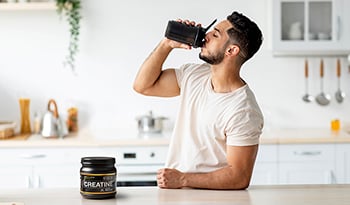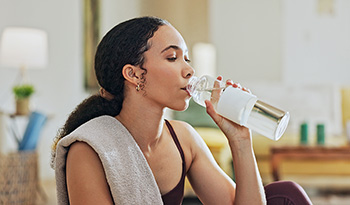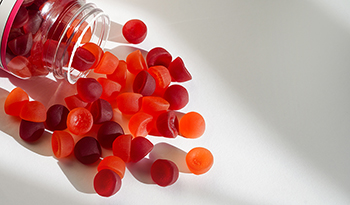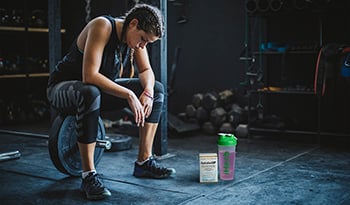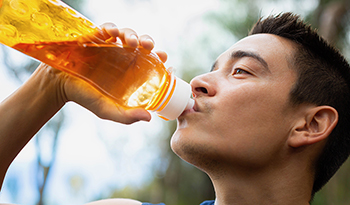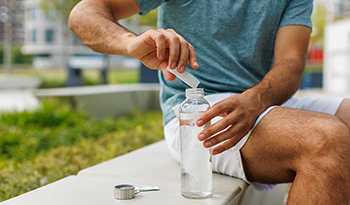How To Get Fit: 7 Daily Habits For Beginners
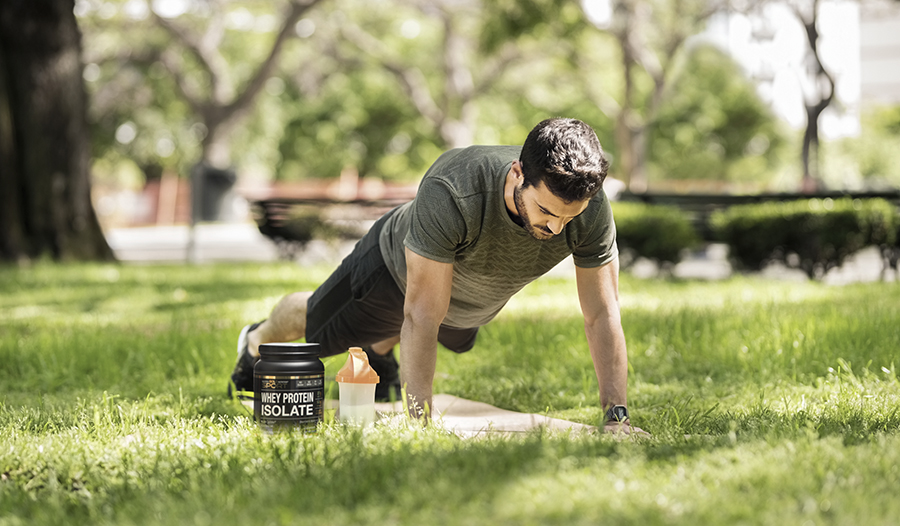
Ready to boost your energy, improve your health, and feel better overall, but not sure where to start your fitness journey? Getting fit can seem daunting, but it doesn't have to be complicated. The key is building simple, sustainable habits across exercise, nutrition, and recovery. Forget extreme measures; lasting fitness comes from a balanced approach you can stick with.
This guide provides seven healthy habits to help beginners confidently start their path to getting fit, covering the essentials of movement, fueling your body wisely, and allowing for crucial rest.
Key Takeaways
- Start Simple: Focus on building sustainable habits like setting SMART goals and tracking progress beyond the scale.
- Move More Daily: Gradually increase your daily step count (aiming for 7k-10k) and incorporate beginner-friendly strength training twice a week.
- Fuel Your Body: Prioritize whole foods, eat protein regularly, manage portions, limit sugar, include fiber, and stay hydrated with plenty of water.
- Rest Is Crucial: Aim for 7-9 hours of quality sleep per night to allow your body to recover and adapt.
7 Habits For Starting Your Fitness Journey
Habit 1: Define Your "Why" + Set Realistic Goals
Before you even lace up your shoes, take a moment to figure out why you want to get fit. Is it to have more energy to play with your kids? To manage a health condition? To feel more confident? Understanding your core motivation will keep you going when challenges arise.
Next, set SMART goals:
- Specific: What exactly do you want to achieve? (e.g., "Walk briskly for 30 minutes")
- Measurable: How will you track progress? (e.g., "Three times this week")
- Achievable: Is this realistic for your current fitness level? (Start small!)
- Relevant: Does this goal align with your "why"?
- Time-bound: When will you achieve this by? (e.g., "By the end of this week")
Example SMART Goal: "I will walk briskly for 30 minutes, three times this week, to improve my cardiovascular health."
Habit 2: Increase Your Daily Step Count
Moving your body more throughout the day is a fantastic and accessible way to start improving your cardiovascular fitness. Simply increasing your daily step count strengthens your heart and lungs, boosts endurance, helps manage weight, and improves overall health. For beginners, walking is an excellent, low-impact activity.
- How to Start:
- Track Your Steps: Use your smartphone, a pedometer, or a fitness tracker to get a baseline of how many steps you currently take each day.
- Set an Initial Goal: Don't aim for 10,000 steps immediately if you're only getting 3,000 now. Start with a realistic increase, perhaps aiming for 5,000 steps per day.
- Gradually Increase: Once you consistently hit your initial goal for a week, try adding another 500-1,000 steps per day. Continue this gradual increase over time.
- Simple Ways to Add Steps:
- Take the stairs instead of the elevator.
- Park farther away from the entrance at stores or work.
- Go for short walks during breaks or after meals.
- Walk around while talking on the phone.
- Make dedicated time for a brisk walk each day, even if it's just 15-20 minutes to start.
- Recommendation: Aiming for 7,000 to 10,000 steps per day is a common goal associated with significant health benefits and often helps meet the general guideline of 150 minutes of moderate-intensity activity per week. Focus on consistency and gradually build up your daily movement.
Habit 3: Build Foundational Strength
Strength training builds muscle, boosts metabolism (muscle burns more calories at rest than fat), strengthens bones, and makes everyday activities easier. You don't need a gym to start!
- Beginner-Friendly Examples:
- Bodyweight: Squats, lunges, push-ups (start against a wall or on your knees), planks, glute bridges. Focus on learning the correct form before adding weight.
- Light Weights/Bands: Dumbbell squats, overhead presses, resistance band exercises.
- Recommendation: Start with 2 sessions per week on non-consecutive days. Aim to work all major muscle groups (legs, back, shoulders, arms, core).
Habit 4: Fuel Your Body With Healthy Nutrition
Exercise is only part of the equation; how you fuel your body is crucial for energy, recovery, and results. You don't need a complex diet plan, just focus on these fundamentals:
- Eat Whole Foods: Build your meals around fruits, vegetables, lean proteins (chicken, fish, beans, tofu), whole grains (oats, brown rice, quinoa), and healthy fats (avocado, nuts, olive oil). These provide essential vitamins, minerals, and sustained energy.
- Prioritize Protein: Include a source of protein at each meal. Protein helps you feel full and is essential for repairing muscle tissue after exercise.
- Be Mindful of Portions: Use visual cues (a palm-sized portion of protein, a fist-sized portion of carbs, filling half your plate with vegetables) to guide your servings. For beginners, this is often more sustainable than strict calorie counting.
Get more ideas on how to eat healthier.
Habit 5: Hydrate Consistently
Water is vital for nearly every bodily function, including energy production, temperature regulation, and nutrient transport. Dehydration can lead to fatigue and impair performance.
- Keep a Water Bottle Handy: Make it easy to sip throughout the day.
- Simple Goal: Aim for around 8 glasses (64 ounces or ~2 liters) of water daily, plus extra fluids when you exercise, especially in warm weather. Listen to your body's thirst cues.
Habit 6: Prioritize Rest + Recovery
Your body gets stronger during rest periods, not during the workout itself. This is when muscles repair and adapt.
- Aim for Quality Sleep: Target 7-9 hours of sleep per night. Sleep is crucial for muscle repair, hormone regulation (like growth hormone and cortisol), and overall energy levels.
- Listen to Your Body: Don't push through pain. Take rest days when needed – they are an essential part of getting fitter and preventing injury. Overtraining can set you back.
Habit 7: Stay Consistent + Track Progress (Beyond the Scale!)
Results take time. The single most important factor in getting fit is consistency. Showing up regularly, even for short workouts or making small healthy food choices, builds momentum over time.
- Track Your Progress: Seeing how far you've come is a great motivator. Track things like:
- How long or far you walked
- How many workouts were finished
- How many repetitions were completed
- The weights you lifted
- Focus on Non-Scale Victories: The scale doesn't tell the whole story. Celebrate increased strength, better endurance, feeling more energetic, or simply sticking to your plan!
Understanding Habits
Habits are essentially automatic responses triggered by learned cues. Think of them as stimulus-response associations. It's useful to separate the habit itself from the mood or behavior you might associate with it. For instance, relying only on feeling happy or motivated to go to the gym could create an unreliable link, because moods change daily. The goal is to build habits that can be executed regardless of how you feel.
Research suggests health habits often fall into three types:
- Habitually initiated but consciously performed (e.g., automatically putting on running shoes, then deciding how far to run).
- Consciously initiated but habitually performed (e.g., deciding to go to the gym, then following a familiar workout routine almost automatically).
- Habitually initiated and habitually performed (e.g., unconsciously reaching for junk food when stressed).
Notice that consistent initiation, often through cues, is key.
How To Form New Habits
Instead of tackling a large goal immediately (like going to the gym 3 times a week for a year), break it down into smaller, progressive steps:
- Set Micro, Meso, and Macro Goals: Create a timeline that gradually increases the frequency or intensity of the desired habit.
- Micro (e.g., Month 1): Go to the gym once a week, plus two short home workouts.
- Meso (e.g., Months 2-3): Go to the gym twice a week, plus 1-2 home workouts.
- Macro (e.g., Month 4+): Go to the gym three times a week consistently. This approach helps you ease into the change without feeling overwhelmed.
- Build In Cues: Create triggers that make following through easier.
- Lay out your workout clothes the night before.
- Listen to energizing music on the way to the gym.
- Have a pre-workout routine or supplement you enjoy.
- Follow a workout program that excites you.
- Plan a healthy, rewarding post-workout snack or shake.
By segmenting your goals and creating personalized cues, you build a supportive structure for long-term adherence to new healthy habits.
Frequently Asked Questions (FAQ)
How long does it take to get fit?
It varies greatly depending on your starting point, consistency, genetics, and effort. You might feel better (more energy, better sleep) within a few weeks, see noticeable changes in strength or endurance in 4-8 weeks, and see significant body composition changes over several months. Be patient and focus on the process.
What's the best exercise for a beginner?
Walking is often the best and most accessible starting point for cardiovascular fitness. For strength, bodyweight exercises like squats, lunges, and planks are excellent foundational movements. The "best" exercise is ultimately one you enjoy and can do consistently.
How much water should I drink?
A general guideline is about 8 glasses (64 oz or 2 liters) per day, but individual needs vary based on activity level, climate, and body size. Drink when you're thirsty, and monitor your urine color (aim for pale yellow).
Conclusion
Getting fit is achievable by focusing on core habits: setting goals, moving daily, building strength, eating well, hydrating, sleeping soundly, and staying consistent. Start small, be patient with yourself, and celebrate every step.
References:
- Teixeira, P. J., Carraça, E. V., Markland, D., Silva, M. N., & Ryan, R. M. (2012). Exercise, physical activity, and self-determination theory: A systematic review. International Journal of Behavioral Nutrition and Physical Activity, 9(1), 78.
- McEwan, D., Harden, S. M., Zumbo, B. D., Sylvester, B. D., Kaulius, M., Ruissen, G. R., ... & Beauchamp, M. R. (2016). The effectiveness of multi-component goal setting interventions for changing physical activity behaviour: a systematic review and meta-analysis. Health Psychology Review, 10(1), 67-88.
- Warburton, D. E., Nicol, C. W., & Bredin, S. S. (2006). Health benefits of physical activity: the evidence. CMAJ : Canadian Medical Association Journal, 174(6), 801–809.
- World Health Organization (WHO). (2020). WHO guidelines on physical activity and sedentary behaviour. World Health Organization.
- Paluch, A. E., Bajpai, S., Bassett, D. R., Carnethon, M. R., Ekelund, U., Evenson, K. R., ... & Fulton, J. E. (2021). Daily steps and all-cause mortality: a meta-analysis of 15 international cohorts. The Lancet Public Health, 6(9), e688-e694.
- Tudor-Locke, C., Craig, C. L., Brown, W. J., Clemes, S. A., De Cocker, K., Giles-Corti, B., ... & Blair, S. N. (2011). How many steps/day are enough? For adults. International Journal of Behavioral Nutrition and Physical Activity, 8(1), 79.
- Paluch, A. E., Gabriel, K. P., Fulton, J. E., Lewis, C. E., Schreiner, P. J., Sternfeld, B., ... & Carnethon, M. R. (2021). Steps per day and all-cause mortality in middle-aged adults in the Coronary Artery Risk Development in Young Adults study. JAMA network open, 4(9), e2124516-e2124516.
- Jayedi, A., Gohari, A., & Shab-Bidar, S. (2022). Daily step count and all-cause mortality: a dose–response meta-analysis of prospective cohort studies. Sports Medicine, 52(1), 89-99.
- Westcott, W. L. (2012). Resistance training is medicine: effects of strength training on health. Current Sports Medicine Reports, 11(4), 209-216.
- Schoenfeld, B. J., Ogborn, D., & Krieger, J. W. (2016). Effects of Resistance Training Frequency on Measures of Muscle Hypertrophy: A Systematic Review and Meta-Analysis. Sports Medicine, 46(11), 1689–1697.
- Shan, Z., et al. (2023). Healthy Eating Patterns and Risk of Total and Cause-Specific Mortality. JAMA Internal Medicine.
- Weigle, D. S., Breen, P. A., Matthys, C. C., Callahan, H. S., Meeuws, K. E., Burden, V. R., & Purnell, J. Q. (2005). A high-protein diet induces sustained reductions in appetite, ad libitum caloric intake, and body weight despite compensatory changes in diurnal plasma leptin and ghrelin concentrations. The American Journal of Clinical Nutrition, 82(1), 41–48.
- Popkin, B. M., D'Anci, K. E., & Rosenberg, I. H. (2010). Water, hydration, and health. Nutrition Reviews, 68(8), 439–458.
- Sawka, M. N., Burke, L. M., Eichner, E. R., Maughan, R. J., Montain, S. J., & Stachenfeld, N. S. (2007). American College of Sports Medicine position stand. Exercise and fluid replacement. Medicine and Science in Sports and Exercise, 39(2), 377–390.
- Dattilo, M., Antunes, H. K. M., Medeiros, A., Mônico Neto, M., Souza, H. S. D., Tufik, S., & de Mello, M. T. (2011). Sleep and muscle recovery: endocrinological and molecular basis for a new and promising hypothesis. Medical Hypotheses, 77(2), 220–222.
- Hirshkowitz, M., Whiton, K., Albert, S. M., et al. (2015). National Sleep Foundation’s sleep time duration recommendations: methodology and results summary. Sleep Health, 1(1), 40-43.
- Michie, S., Abraham, C., Whittington, C., McAteer, J., & Gupta, S. (2009). Effective techniques in healthy eating and physical activity interventions: A meta-regression. Health Psychology, 28(6), 690–701.
DISCLAIMER:This Wellness Hub does not intend to provide diagnosis...








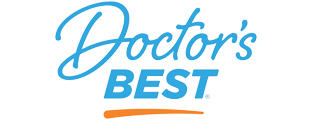














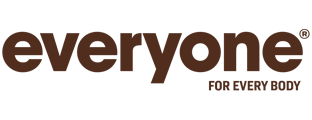






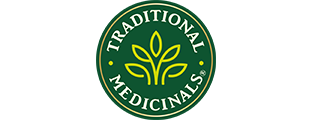








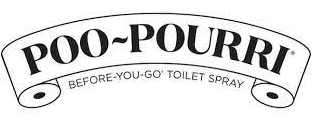


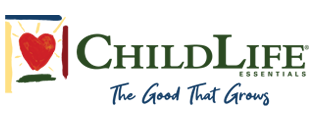

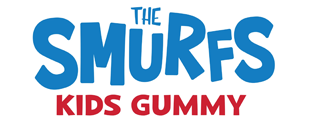

































 Table of Contents
Table of Contents



